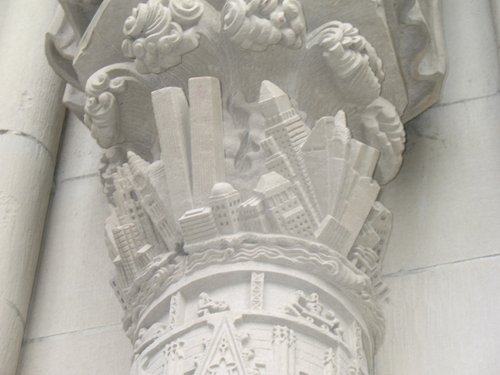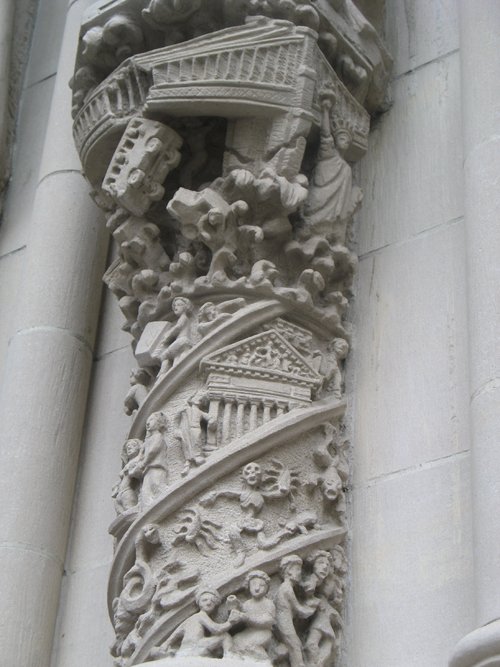 The vuvuzela (pronunciation: /vuːvuːˈzɛlə/), also known as lepatata (its Tswana name), or a Stadium Horn, is typically a 65-centimetre (2 ft) plastic blowing horn that produces a loud monotone note, typically around B♭3[1] (the B♭ below middle C).[2] A similar instrument, known as the corneta, is used in Brazil and other Latin American countries. Many types of vuvuzela, made by several manufacturers, may produce varying intensity and frequency outputs.[3] The intensity of these outputs depends on the blowing technique and pressure exerted.[3]
The vuvuzela (pronunciation: /vuːvuːˈzɛlə/), also known as lepatata (its Tswana name), or a Stadium Horn, is typically a 65-centimetre (2 ft) plastic blowing horn that produces a loud monotone note, typically around B♭3[1] (the B♭ below middle C).[2] A similar instrument, known as the corneta, is used in Brazil and other Latin American countries. Many types of vuvuzela, made by several manufacturers, may produce varying intensity and frequency outputs.[3] The intensity of these outputs depends on the blowing technique and pressure exerted.[3] Traditionally made and inspired from a kudu horn, the vuvuzela was used to summon distant villagers to attend community gatherings.[4][dubious ] The vuvuzela is most used at soccer matches in South Africa,[5] and it has become a symbol of South African soccer as the stadiums are filled with its loud and raucous sound that reflects the exhilaration of supporters.[4] The intensity of the sound caught the attention of the global soccer community during the 2009 FIFA Confederations Cup in anticipation of South Africa hosting the 2010 FIFA World Cup.[4]
The vuvuzela has been the subject of controversy. Its high sound pressure levels at close range can lead to permanent hearing loss for unprotected ears after exposure,[6] with a sound pressure of 120 dB(A) (the threshold of pain) at 1 metre (3.3 ft) from the horn opening.[4]
The origin of the term vuvuzela is disputed but was first used in South Africa from the Zulu language or Nguni dialect meaning to make a vuvu sound (directly translated: vuvu-ing).[citation needed] Controversies over the invention arose in early 2010. South African Kaizer Chiefs fan Freddie "Saddam" Maake claimed the invention of the vuvuzela by fabricating an aluminium version in 1965 from a bicycle horn and has photographic evidence of himself holding the aluminium vuvuzela in the 1970s, 1980s and 1990s.[7] He also claimed to have coined "vuvuzela" from the Zulu for "welcome", "unite" and "celebration."[8] Plastics factory Masincedane Sport popularised the ubiquitous plastic vuvuzela commonly heard at South African football games in 2002,[9] and the Nazareth Baptist Church claimed the vuvuzela belonged to their church.[10]


















